The series about historical places of opera art. Get to know exciting excursion and travel ideas for opera lovers. This time: Dusseldorf and Schumann
All Destinations on google maps with links to detailed Blogposts:
Robert Schumann in Leipzig
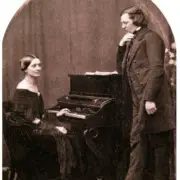
When Robert Schumann received the offer as municipal music director of Düsseldorf, it came just at the right time. For he had been passed over for Gewandhaus director in his home town of Leipzig and gratefully accepted the post in Düsseldorf, moving to the Rhineland with Clara and the children in 1851.
In his capacity as municipal music director, he led the municipal orchestra, directed the choral society, and was required to perform in two Catholic churches.
Robert began with great vigor and in his first year composed his third symphony (actually his fourth), which went down in the annals as the “Rhenish”. This symphony, picturesque with the surging themes of the first movement, was enthusiastically received by the Rhinelanders and in time even became the “unofficial anthem” of the Rhineland.
But the difficulties soon began. Schumann’s difficult personality combined with intensifying psychological problems created an explosive effect in orchestral and choral rehearsals. Schumann developed articulation difficulties, was at times depressed, and suffered from symptoms of exhaustion due to various illnesses and hallucinations. Although Clara supported him during choir rehearsals, the tension increased.
Schumann experienced happy hours with the appearance of Johannes Brahms in 1853. Through Joseph Joachim’s mediation, he was warmly received by Clara and Robert, and a friendship developed between the three.
Schumann was impressed by the 20-year-old and published the famous article in the Neue Zeitschrift für Musik that culminated in the words, “He bore, even in appearance, all the signs that announce to us: This is a called one.”
During his tenure as music director, a rift occurred. The contractual relationship was terminated and Schumann conducted only his own works.
In 1854, Schumann’s disturbances intensified once again; he began to hear strange sounds that changed into sequences, and eventually entire pieces of music haunted his mind, robbing him of his rest and sleep. After a failed suicide attempt, Schumann had himself committed to a mental institution in Bonn, where he died two years later.
Destination Schumann House Bilkertrasse
The Schumanns lived in four houses during their four years together in Düsseldorf. The last one is the only one that is still preserved. It has become a small Schumann museum, is currently undergoing a total renovation and cannot be visited until further notice.
https://www.duesseldorf.de/heineinstitut/museum/schumann-gedenkstaette.html
Destination St. Lambertus Church
St. Lambertus Church was one of the two churches (along with Maximiliankirche) for which Schumann had to perform musical contributions. St. Lambertus still maintains church music today, curated and performed by a cantor. Concerts are regularly performed in the church.
http://www.lambertuspfarre.de/
Destination Düsseldorf City Museum
The Düsseldorf City Museum also features exhibits from musicians such as Mendelssohn, Burgmüller and Schumann. Among other things, you can see items from Schumann’s last apartment such as furniture and his piano.
https://www.duesseldorf.de/stadtmuseum/
Destination Old Cemetery Bonn
Bonn is located 80km from Düsseldorf. Schumann spent his last two years there in the modern Endenich mental hospital. His condition improved markedly in the first year and he began to compose again, but Clara refused to take Robert back. Eventually he sank into lethargy, and on Clara’s last visit he was unable to speak. At last he refused to eat and died on July 29, 1856.
He was buried in the Old Cemetery in Bonn. The large monument was unveiled 25 years later, and a Schumann Festival was organized to finance it.
The monument shows a relief of Schumann, at whose feet sits Clara, who hands Robert the wreath of immortality. Next to it are two turkeys, representing the two arts of literature, respectively singing and music.
By the way, the grave of Matilde and Otto von Wesendonck is also located in this cemetery (more about the two here).

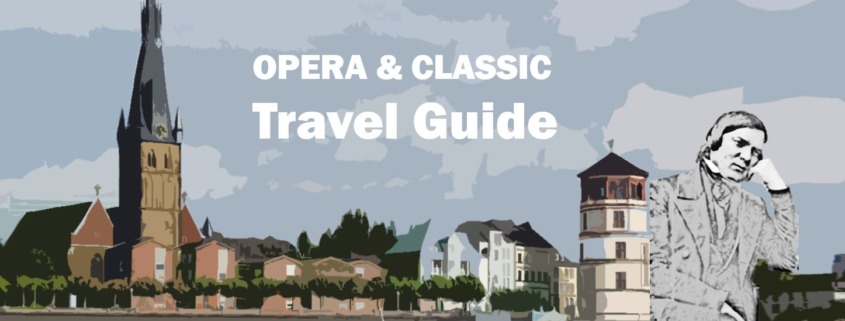
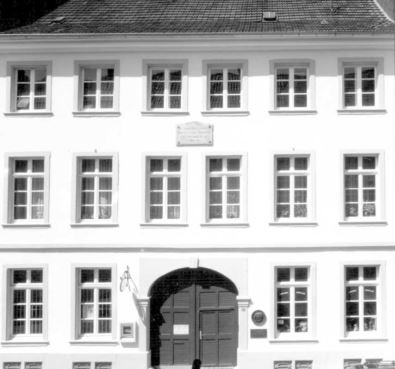
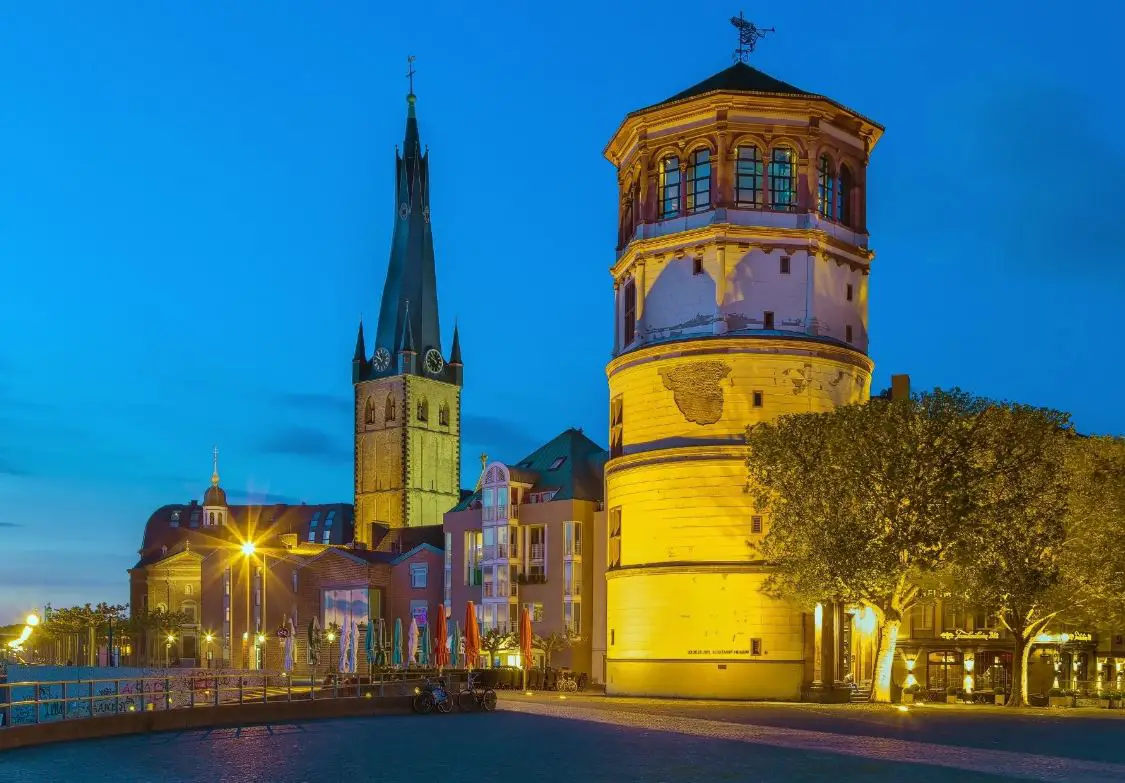
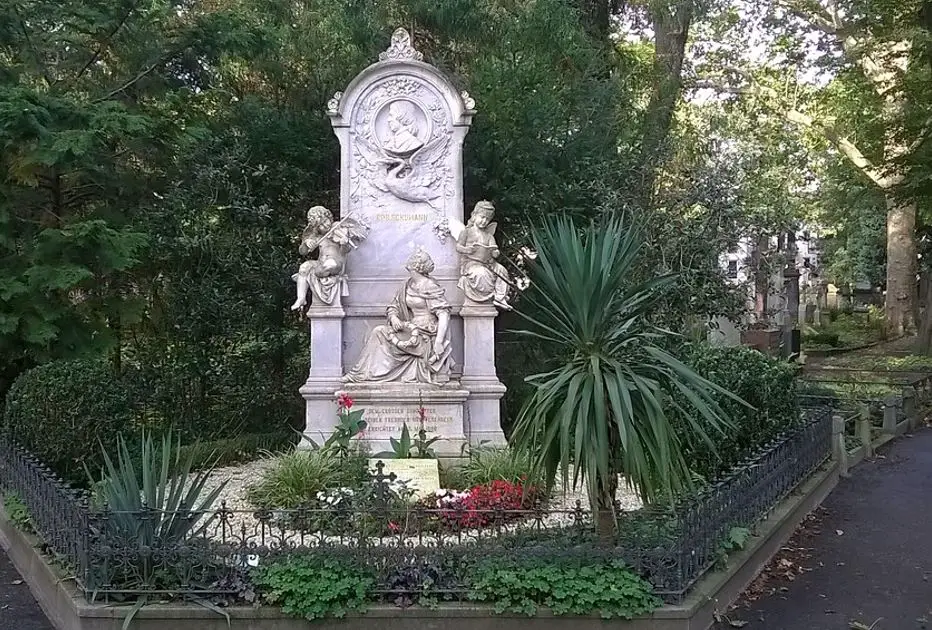


Leave a Reply
Want to join the discussion?Feel free to contribute!